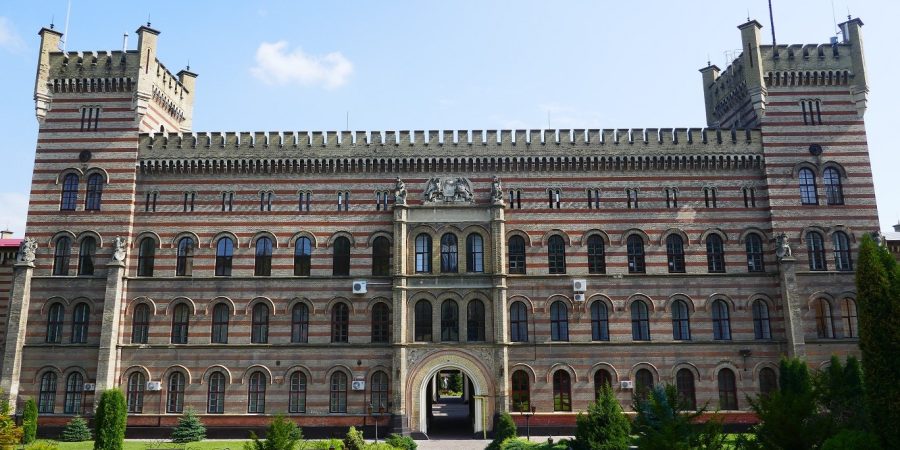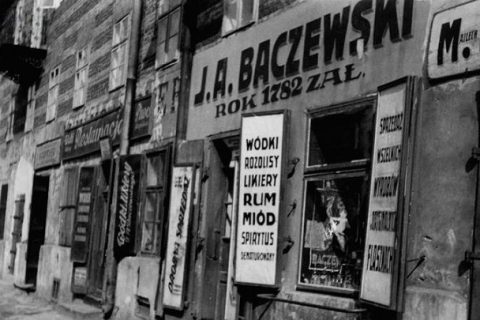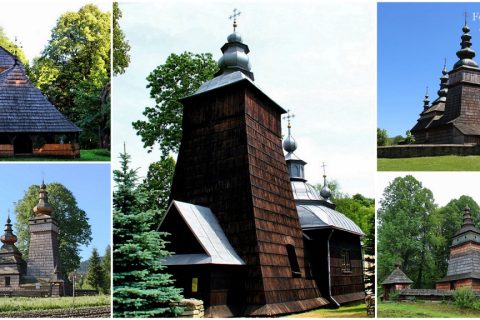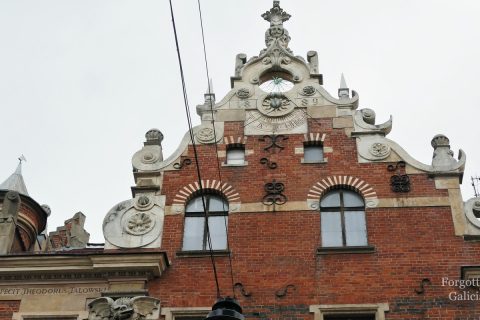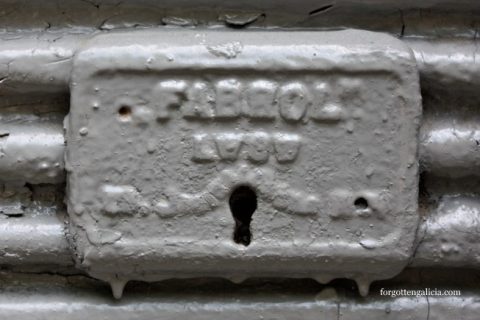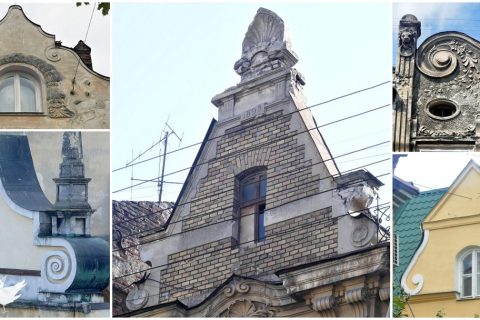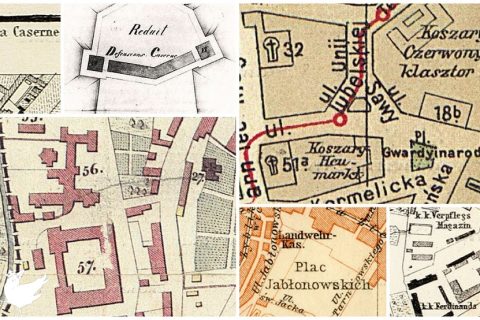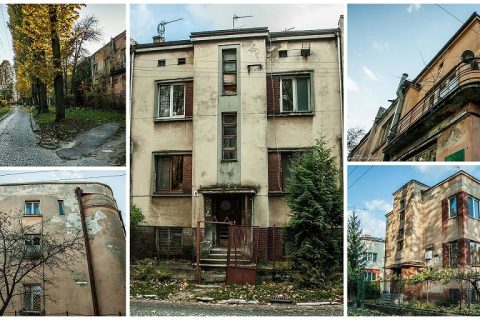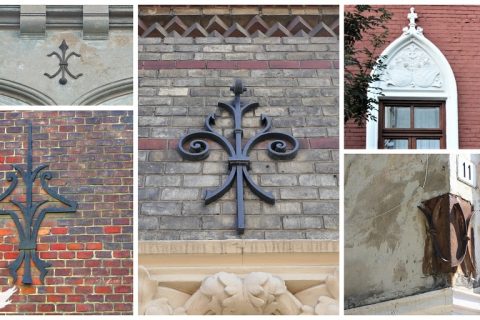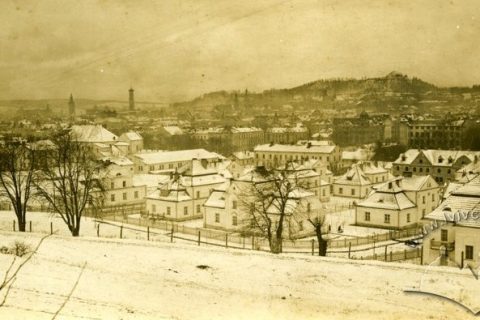Dom Inwalidów: Where Disabled Military Veterans Retired in Lviv
The Romantic historicist ensemble of the former Dom Inwalidów / K. K. Invalidenhaus (Invalids’ House) is a valuable monument of architecture and history. An initiative of the emperor of the Austrian Empire, the Dom Inwalidów was a retirement home for disabled military veterans in Lwów / Lemberg from 1863 to […]
Read More
